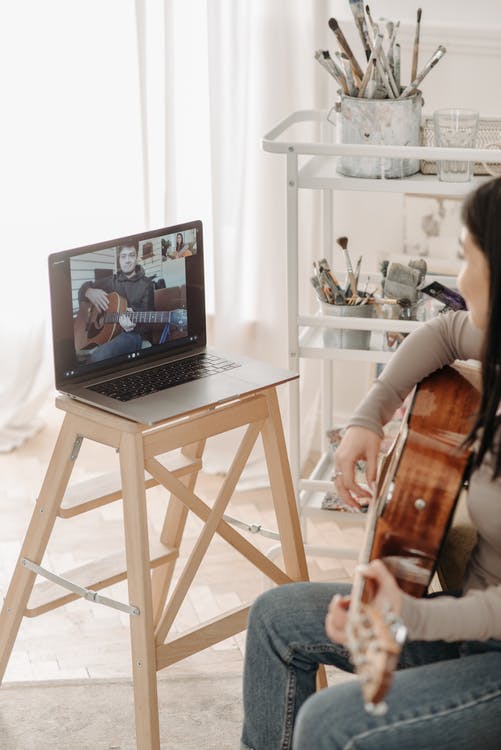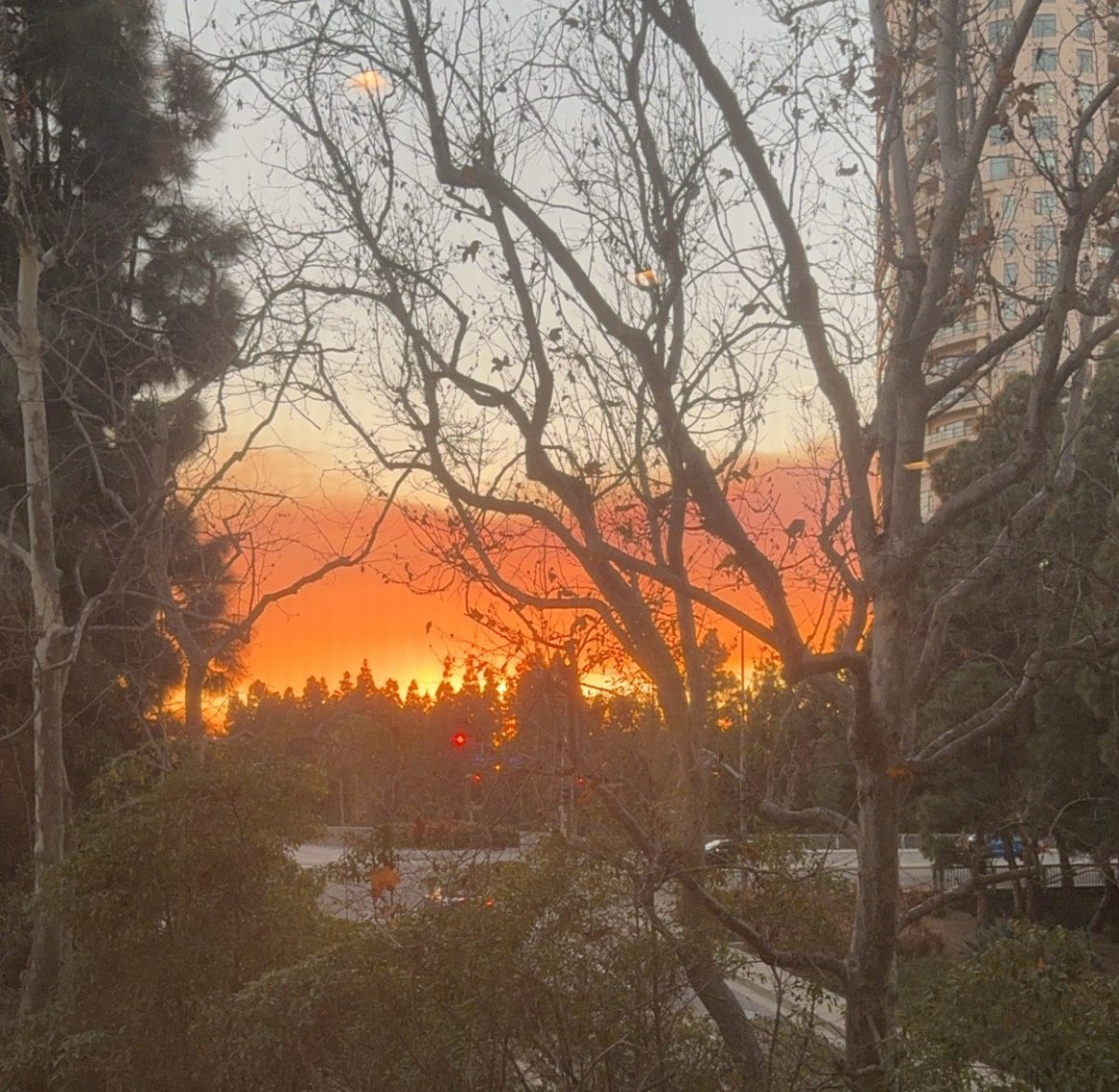Since the spread of the pandemic, music education has taken an unexpected turn from traditional methods of teaching as it is forced to cope with unprecedented changes. As more in-person activities slowly return, students and teachers are facing yet another unfamiliar hurdle of adjustments.
Spring of 2020 brought unexpected changes to people around the world. For music education, there was little that students and teachers could do to overcome the unanticipated situation using traditional methods of teaching. As a result, many teachers turned towards using virtual platforms and altered their teaching methods to better fit the virtual setting. “The kids were stressed enough, all of the other teachers were stressed,” said Brendan Carniaux, a band director at East Greenwich High School. He noted that his focus shifted primarily to polishing individual students’ fundamental skills. “Most people tried to keep the year as normal as possible, trying to get through their beloved curriculum,” he said. “I knew there was no way that could work so I did a pivot.” Now that his students are back in school, he has noticed that his efforts have paid off.
Despite such efforts, many students and teachers experienced difficulties adapting to virtual platforms. Abby Sevegny, a flute player in North Smithfield High School often experienced lags during virtual lessons on Zoom. She said, “I really enjoy going to in-person flute lessons every week so logging into a computer just wasn’t the same.”
Similarly, Jane Murray, who has been teaching oboe and English horn for 35 years in Rhode Island describes her online sessions as “walky-talky” lessons.
“Music is a shared art, it is not a solitary art,” she said. “I can play for you, you can play for me, but we can’t play together.”. In particular, the barrier between student and teacher interactions still prevents Murray from adjusting reeds for her students–an important process for students learning the oboe and English horn.
Luckily, vaccination and social distancing have allowed students and teachers to slowly return in-person since the spring. Still, there are significant changes to in-person lessons and rehearsals in order to keep everyone safe and healthy. Some of the major requirements include mask mandates, instrument coverings, and social distancing. These changes are unfamiliar and oftentimes uncomfortable for students and teachers.
“The masks can prevent some low notes from having good tone on my instrument and can affect my breathing,” Sevegny said. In addition, she hand-made bell bags (wind instrument coverings that prevent release of aerosols) with her friend for the rest of her flute section. Similarly, Murray spent all of her summer last year researching and trying different bell bags so that her students could play in-person as soon as possible.
Although in-person gatherings are now possible, music education has not been able to return completely to its old ways. As a result, some people believe that this change will lead to a “lost generation of musicians.”
Dr. David Neves, music director of the Rhode Island Philharmonic Youth Wind Ensembles, expects that in the coming year, students’ level of literature will be less than they were before the pandemic. However, he feels that it is not a major problem and that there is “an opportunity to focus on more expression and fundamentals.” With the growing emphasis on individual student growth and performance skills such as creativity, expression, and self-reflection rather than pure perfection, Dr. Neves says that teachers should notice “a marked increase in skill development, personal satisfaction, and musical buy-in and ownership by the students.” In addition, he expects that teachers’ ability to utilize technological teaching tools will increase their effectiveness in multiple ways when returning to the new normal.
“All change can be difficult, but overall, unless we just dogmatically return to the ‘old ways,’ music education should be stronger, more comprehensive and more focused on individual personal student growth than ever before.” he said. “This is a good thing.”





